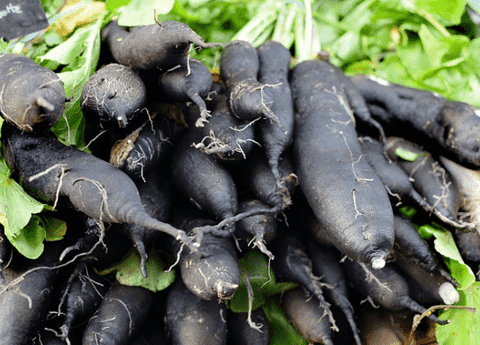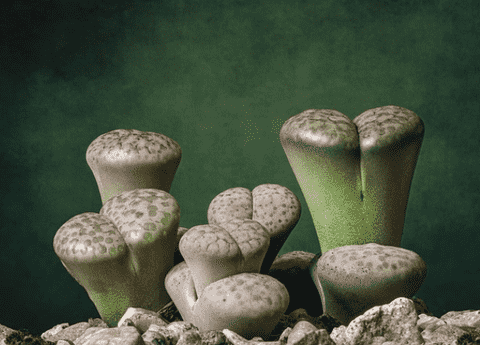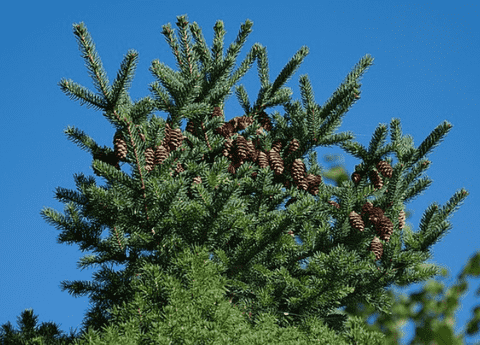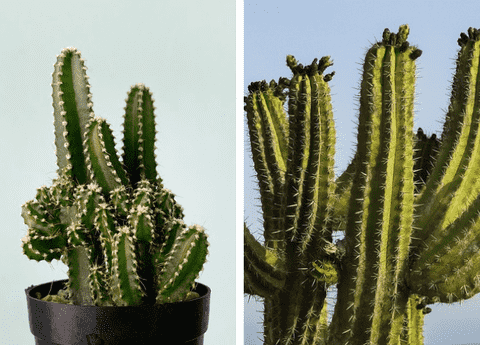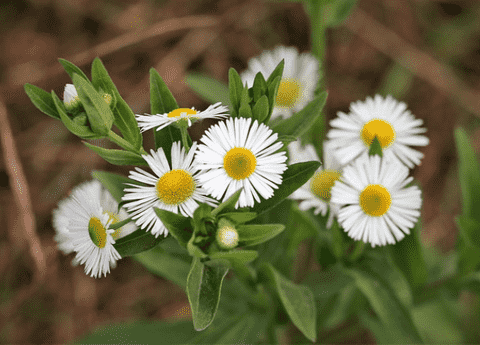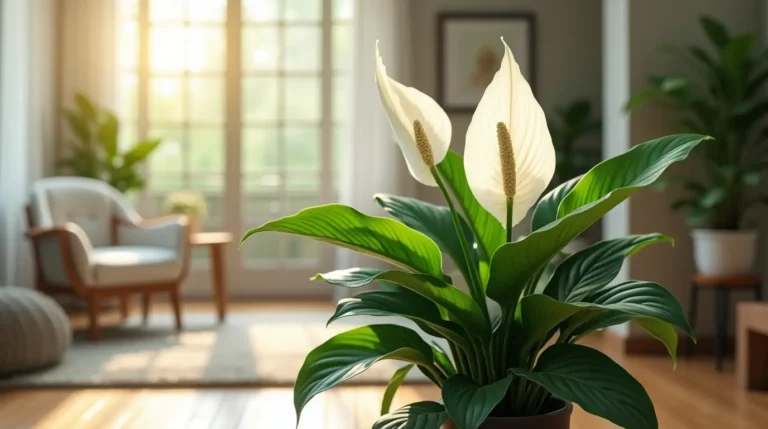How to Grow Salsify: A Comprehensive Guide for Gardeners and Home Chefs
Table of Contents
Salsify, often dubbed the “oyster plant” for its subtle seafood flavor, is a unique root vegetable that has piqued the interest of both gardeners and home chefs alike. Known for its creamy texture and versatility in the kitchen, learning how to grow salsify can be a rewarding endeavor. This guide aims to provide you with essential salsify care tips, from understanding what is salsify to mastering the art of salsify gardening. Whether you’re a horticulture enthusiast or a culinary explorer, growing salsify offers a delightful addition to both your garden and your recipe repertoire. Let’s delve into the world of salsify and uncover the secrets to cultivating this intriguing plant.
Introduction to Salsify
What is Salsify?
Salsify, a root vegetable, is a member of the dandelion family. It is often referred to as the ‘oyster plant’ due to its delicate, oyster-like flavor. There are two main types of salsify: black salsify, also known as scorzonera and white salsify. Both types have long, tapering roots that resemble thin carrots or parsnips. The roots are typically creamy white inside, with a brown or black exterior. Salsify is rich in nutrients, boasting high levels of fiber, vitamins, and minerals. It is particularly valued for its versatility in the kitchen, as it can be roasted, mashed, or used in soups and stews. Understanding what is salsify is the first step in appreciating its unique qualities and benefits, making it a worthwhile addition to any garden or kitchen.
Benefits of Growing Salsify
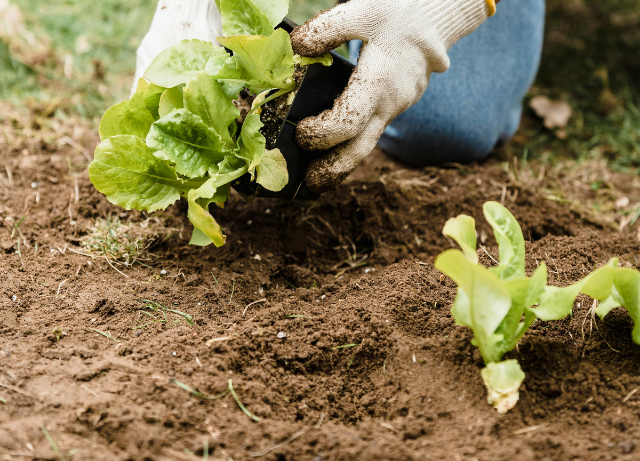
Growing salsify offers several benefits that appeal to both gardeners and home chefs. First, it is a hardy plant that thrives in a variety of soil types, making it accessible for many climates and regions. This resilience means that even novice gardeners can successfully cultivate salsify with minimal effort. Additionally, salsify is a nutritious addition to the diet, rich in fiber, vitamins B6 and C, and essential minerals like potassium and iron. Its subtle flavor and creamy texture make it a versatile ingredient, suitable for a wide range of culinary applications from soups to side dishes. Furthermore, as a less common vegetable, salsify can add a unique element to recipes, impressing guests with its distinct taste and presentation. By choosing to grow salsify, you not only enhance your gardening repertoire but also your culinary experiences.
Popular Salsify Recipes
Salsify’s unique flavor and texture open doors to a variety of culinary creations. One popular dish is salsify gratin, where the root is thinly sliced and layered with creamy cheese sauce, then baked until golden. This dish highlights Salsify’s smooth texture and delicate taste. Another favorite is roasted salsify, which involves tossing the peeled roots in olive oil, salt, and pepper, and roasting them to bring out a subtle sweetness. For a comforting soup, salsify can be blended with potatoes, onions, and garlic to create a creamy and satisfying meal. Additionally, salsify can be used in a classic vegetable medley or sautéed with butter and herbs as a simple side dish. These recipes showcase Salsify’s versatility and ability to enhance both everyday meals and special occasions. Exploring different salsify recipes can bring a new dimension to your cooking and offer delightful surprises to your palate.
How to Grow Salsify
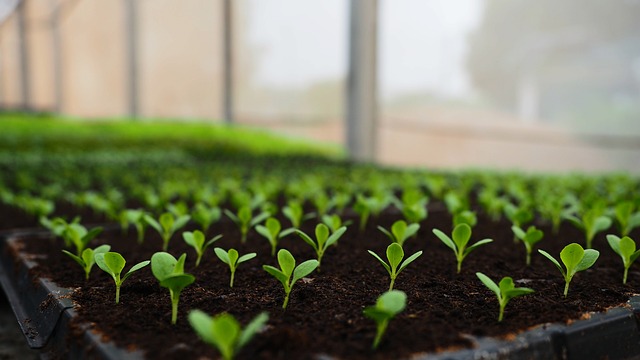
Ideal Growing Conditions
Salsify flourishes in well-drained, fertile soil with a pH range of 6.0 to 7.5. Although it prefers sunny locations, it can also grow in partial shade. For optimal growth, ensure the soil is loose and free from stones, as they can hinder the development of its long roots. Enhancing the soil with organic matter like compost or well-rotted manure can boost fertility and improve its structure. As a cool-season crop, salsify is best planted in early spring or late summer. It requires consistent moisture, particularly during germination and early growth stages, but be careful not to overwater, as this may cause root rot. Keeping the soil evenly moist will promote healthy root development. By providing these ideal conditions, you can enhance your chances of successfully growing salsify, leading to vigorous plants and a rewarding harvest.
Planting Salsify Seeds
Planting salsify seeds is a straightforward process. Start by preparing the soil, making sure it is loose and well-drained. Sow seeds directly into the garden bed in early spring or late summer, spacing them about 1 inch apart in rows that are 12 to 18 inches apart. Sow the seeds to a depth of roughly ½ inch. After sowing, lightly cover the seeds with soil and gently water to ensure even moisture. Germination typically takes between 15 to 20 days. To encourage strong growth, thin the seedlings to about 4 to 6 inches apart once they are a few inches tall. This spacing allows each plant enough room to develop its long roots without competition. Regularly check for weeds and remove them to prevent any hindrance to the salsify plants. By following these steps, you ensure a solid foundation for growing salsify successfully.
Harvesting Salsify
Harvesting salsify is best done after the first frost when the roots have developed their full flavor. Typically, salsify is ready to be harvested about 120 to 150 days after planting. Use a garden fork to gently lift the roots from the soil, being careful not to damage them. The roots can be quite long and tapering, so take your time and work carefully to preserve their integrity. If the ground is frozen, wait until it thaws slightly before attempting to harvest. Once dug up, brush off excess dirt and trim the foliage, leaving about an inch of the stem attached to the root. Salsify roots can be stored in a cool, dark place for several weeks or even months. For immediate use, wash and peel the roots before cooking. Proper harvesting ensures you enjoy the full flavor and nutritional benefits of salsify, enriching your culinary creations.
Salsify Care Tips
Watering and Feeding
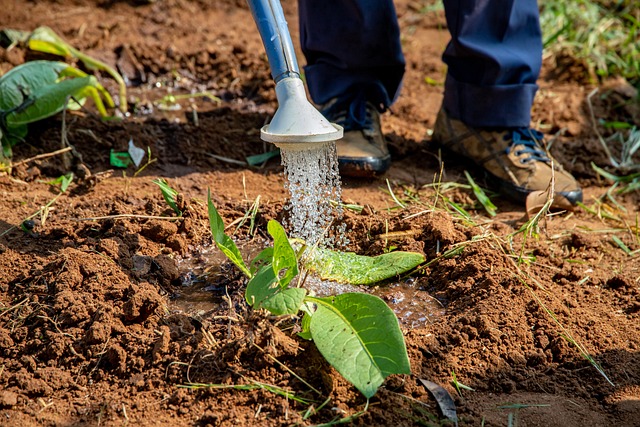
Proper watering and feeding are crucial for growing salsify successfully. Salsify requires consistent moisture, particularly during its early growth stages and root development. Water the plants consistently, keeping the soil evenly moist without making it waterlogged. Excessive watering can cause root rot, so it’s important to maintain a balanced watering routine. Using mulch around the plants can help retain moisture and reduce the frequency of watering.
In terms of feeding, salsify benefits from a balanced fertilizer. Apply a slow-release granular fertilizer at planting time to provide essential nutrients throughout the growing season. Another option is to apply a liquid fertilizer every few weeks. Be cautious not to over-fertilize, as excessive nitrogen can result in lush foliage at the expense of root development. By maintaining proper watering and feeding routines, you ensure that your salsify plants grow healthy and produce high-quality roots ready for harvest.
Pest and Disease Management

Salsify is relatively resilient to pests and diseases, but like any plant, it can still face challenges. Common pests include aphids and slugs, which may feed on the foliage. To manage aphids, regularly inspect plants and use insecticidal soap or neem oil if infestations occur. Slugs can be controlled by removing debris where they hide and using slug traps or barriers. Diseases such as powdery mildew or root rot can affect salsify, particularly in conditions of high humidity or poor drainage. Ensuring proper spacing between plants promotes air circulation, reducing the risk of fungal diseases. Rotate crops annually to minimize disease buildup in the soil. Additionally, maintaining healthy soil with adequate organic matter can strengthen plants against diseases. By implementing these pest and disease management strategies, you enhance the vitality of your salsify crop, ensuring a healthy and productive garden.
Storing and Preserving Salsify
Proper storage and preservation techniques are essential to maintain the quality of salsify after harvest. Once harvested, clean the roots by brushing off excess soil, but avoid washing them until you’re ready to use them, as moisture can encourage spoilage. Store the roots in a cool, dark, and humid environment, similar to conditions used for carrots. An ideal location is a root cellar or a refrigerator crisper drawer, where salsify can last for several weeks.
For long-term storage, consider blanching and freezing. To do this, peel the roots and slice them into pieces, then blanch in boiling water for about three minutes. After blanching, cool them quickly in ice water, drain, and pack into freezer bags. This method preserves the flavor and texture, allowing you to enjoy salsify out of season. By following these storage and preservation tips, you can extend the availability of salsify and minimize waste.

